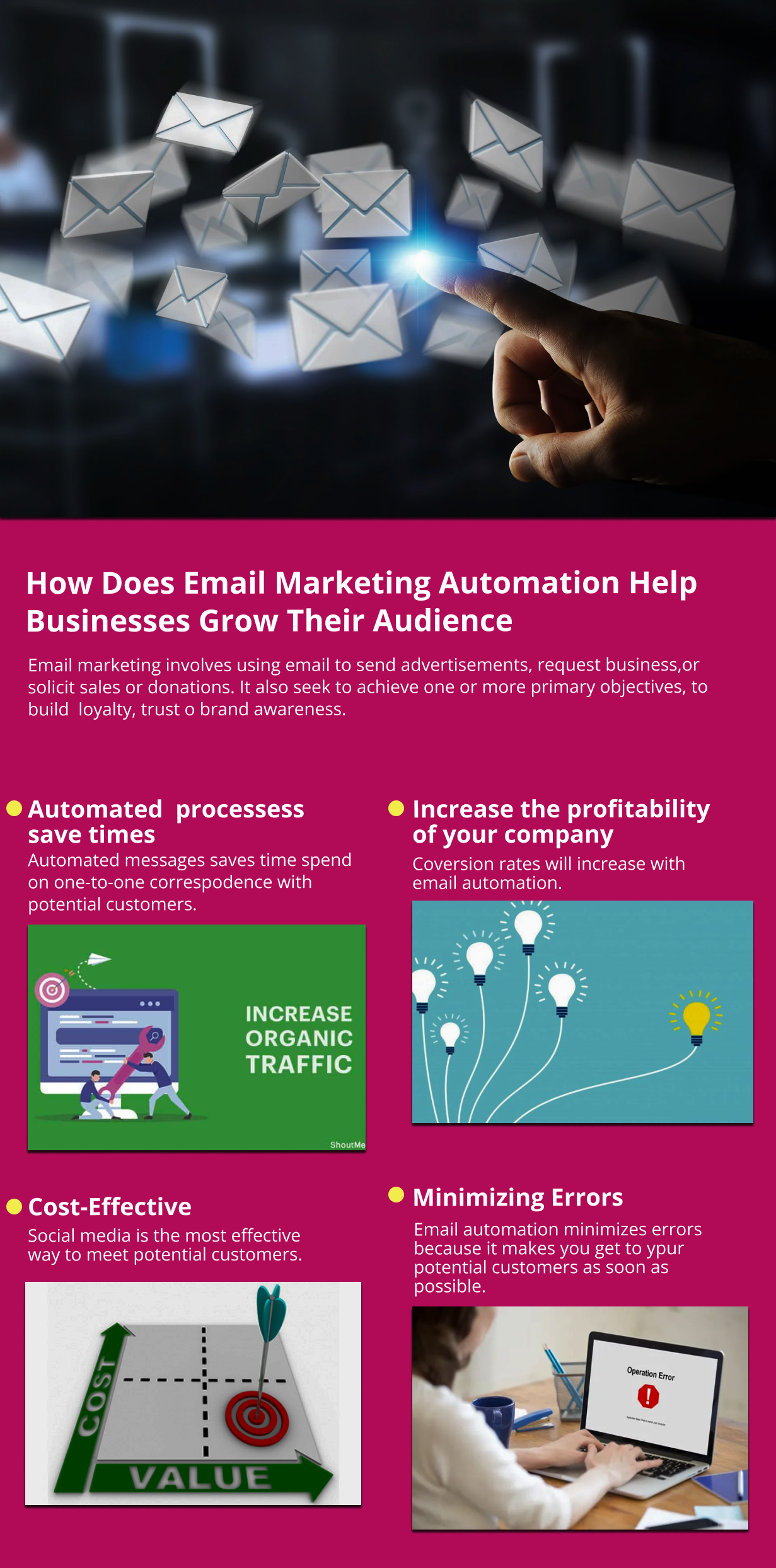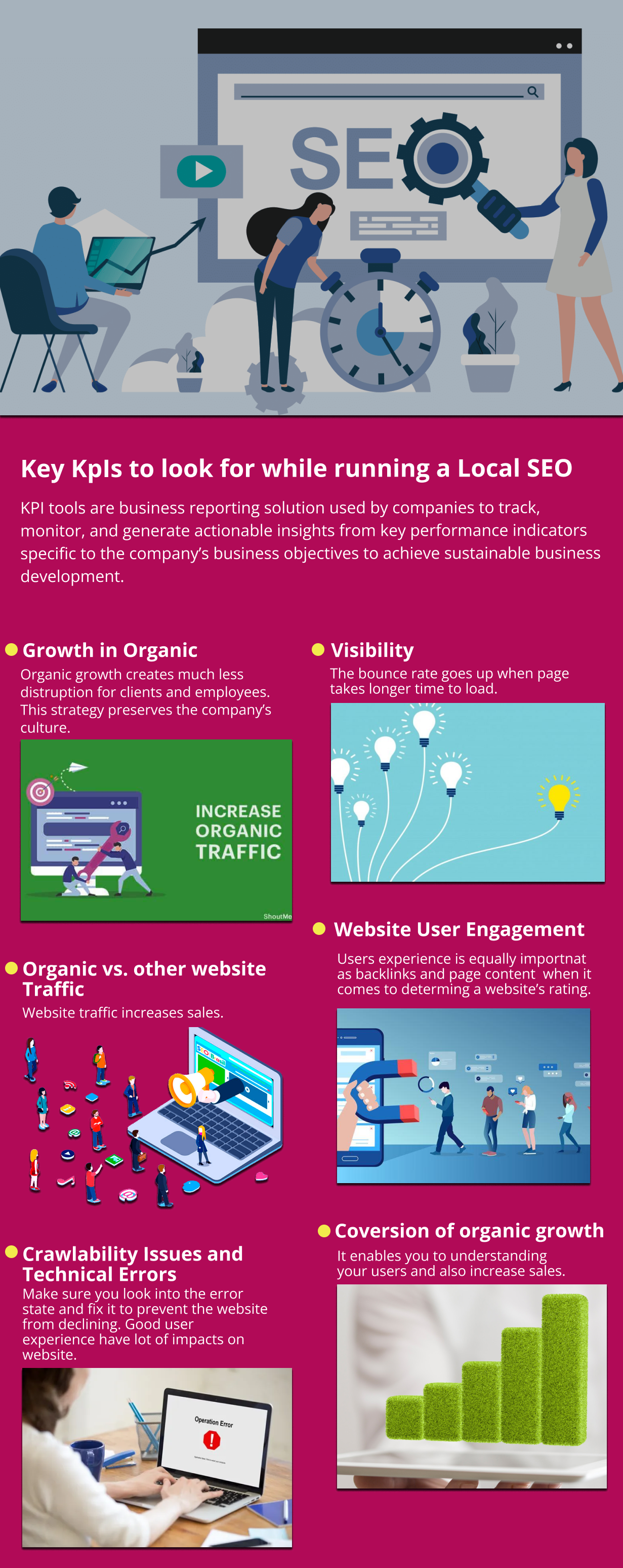The structure of a website cannot be overlooked while establishing an efficient SEO strategy. Your website’s content, links, and marketing efforts will be worthless if it doesn’t have a well-organized structure. SEO, traffic, and conversion are all influenced by the structure of a website. Using this tool, you may increase user engagement and align your company’s evolving goals. The article focuses on a few important factors of website construction and how they affect SEO.
- The structure of a URL
- Website Crawlability
- Mobile Friendly
- Internal Linking
- Rates and Performance of the Website
The structure of a URL
The structure of your website’s URLs is an important SEO component. They put together the framework of a website and connect it to other sites. Care should be taken when naming a website’s URL. Both users and search engine spiders should be able to quickly read it. Avoid using too many parameters in URLs you create for websites so that they are easier to enter and read.
Website Crawlability
Website crawlability is the first step. Even if not the only one, it’s critical. It is the ability of search engine robots to crawl your website’s content to determine its purpose. The subject content of a website can be gleaned from its pages, categories, subcategories, and themes, all of which are examined by the bot.
Regularly check the crawlability of your site. Navigation will be made easier if pages are linked together. Make that your breadcrumbs, schemas, and data formats are all properly formatted. SEO, traffic, and ranking can all be harmed if bots can’t read your site properly.
Mobile Friendly
Google’s mobile-friendly algorithm adjustment made mobile friendliness an important ranking factor. Having a website that works on all mobile and tablet devices is considered to be mobile-friendly. Websites that don’t meet mobile-friendliness requirements may see their search rankings drop quickly, according to Google. Mobile friendliness, according to Google, is a critical way to improve the user experience.
Internal Linking
Internal linking is used to make it easier for users to move throughout a website. There are three clicks or less required to get to any given page on a website that is considered effective in terms of navigation. You can utilize internal linking to help users and search engine bots find pages on your site and generate a logical flow of content. In order to protect the website’s structure, links should be connected.
The use of internal links is a recommended method of tying your website’s important pages together. It is also a way to reduce the depth of the page. Having internal connections improves the user experience. It is possible to link together previously published content with newly created content by utilizing internal linking techniques.
Rates and Performance of the Website
Slow-loading websites have a negative impact on user experience. User experience is ruined by them User frustration is caused by a lack of reactivity on the pages of a website. Website traffic and page views can be significantly affected by a one-second reduction in page load time, according to industry experts. It has a negative impact on conversion rates.

 In order to get started with a local SEO campaign, there are a number of metrics to consider. Local SEO KPIs for business growth include the following.
In order to get started with a local SEO campaign, there are a number of metrics to consider. Local SEO KPIs for business growth include the following.




